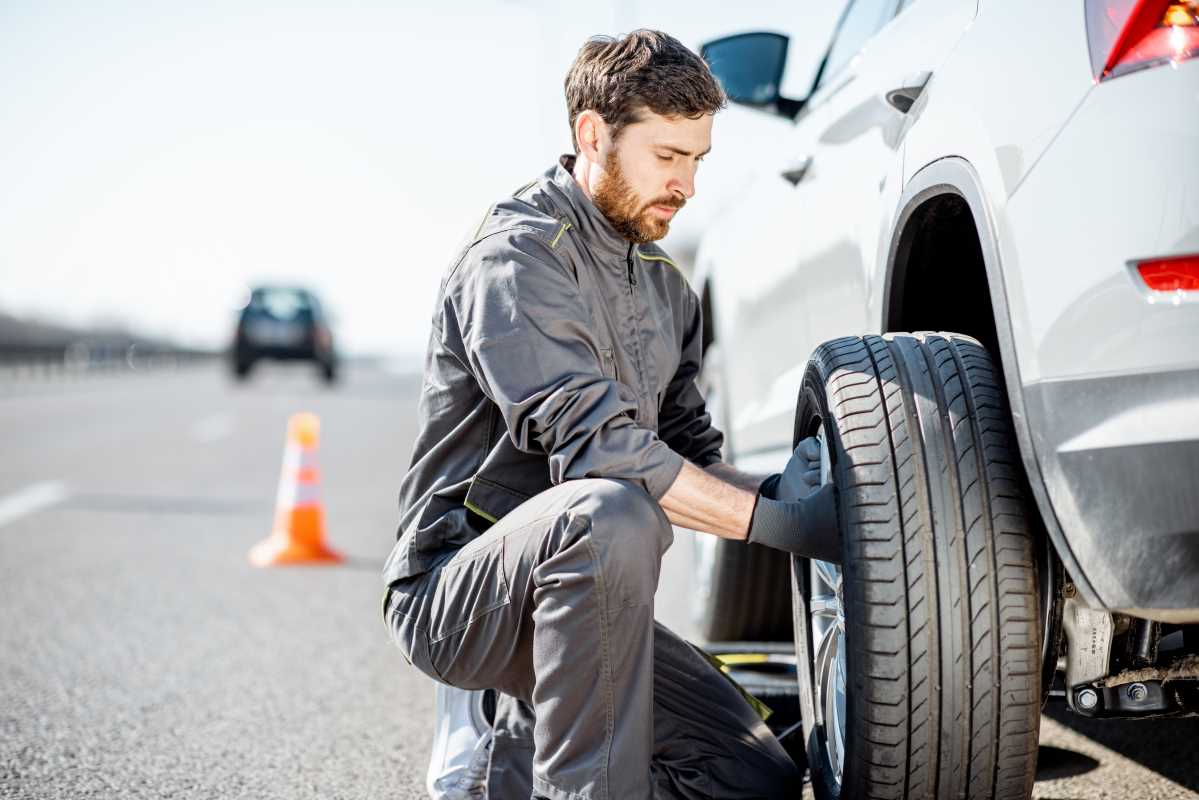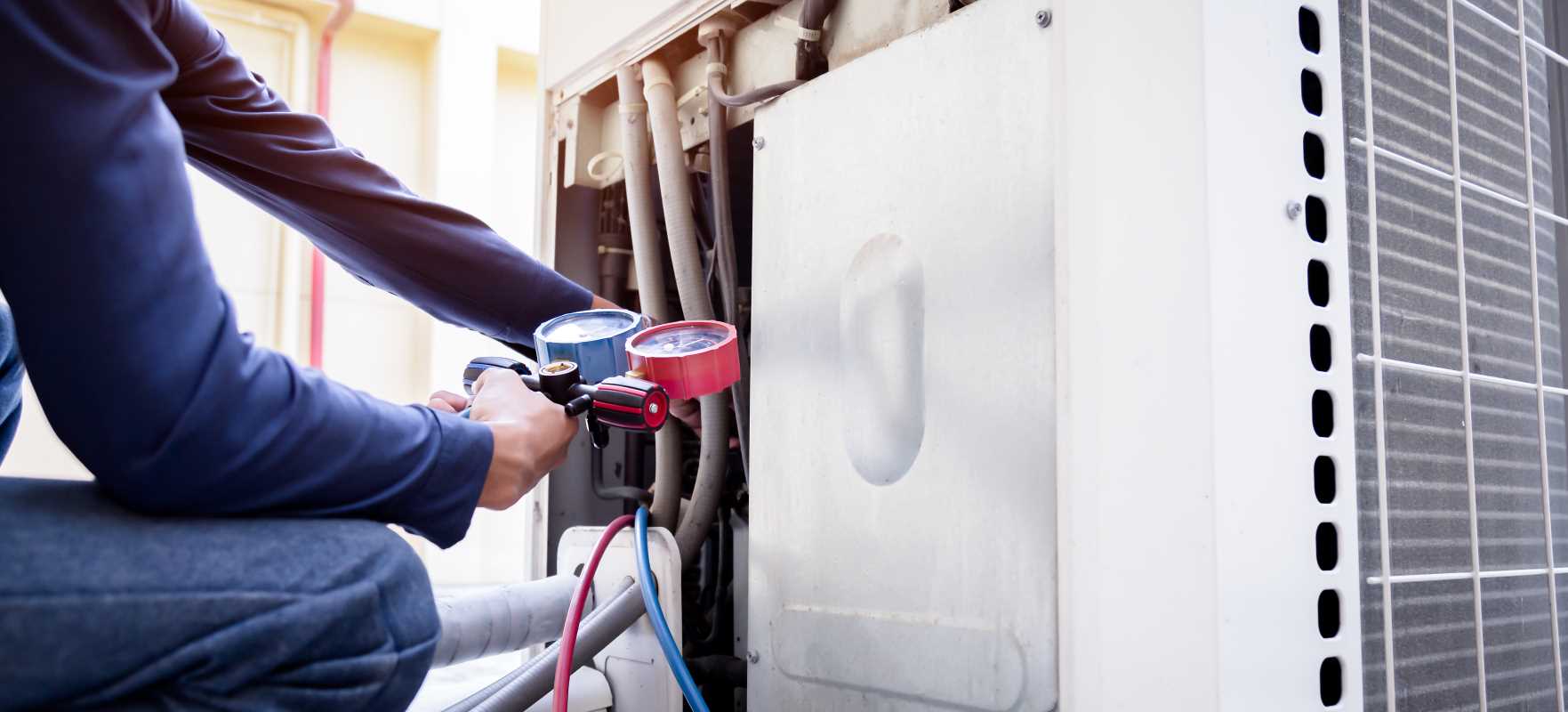Getting stranded on the side of the road is stressful. A flat tire, dead battery, or even running out of gas can turn a simple drive into a headache. This is where emergency roadside assistance comes in. These services are designed to help drivers get back on the road or to a safe location without hassle. But what exactly is included, and how does it work? For those unfamiliar with roadside assistance, understanding what to expect can make the process less intimidating and more reassuring. We're going to explain the key services commonly offered, how they’re typically delivered, and what you should know about using roadside assistance effectively.
Towing Services for Breakdown Situations
Roadside assistance usually includes towing services. If your vehicle breaks down and can’t be fixed on the spot, a professional tow truck will take it to a repair shop or another location of your choice.
Towing is used for situations like engine failure, overheating, or serious mechanical problems that leave your car unsafe or unable to drive. Most roadside assistance providers include a set towing distance or radius with their plans, usually around 5 to 15 miles. Beyond that, customers may need to pay out of pocket.
Before a tow truck arrives, confirm key details, like where your vehicle will be taken and whether the cost of the tow is covered by your coverage.
Help With Flat Tires
Flat tires happen to everyone at some point. Roadside assistance teams are equipped to handle this issue quickly, saving you the trouble of wrestling with a jack or spare tire yourself.
Technicians will either replace the flat with your spare tire or, in some cases, repair the puncture directly. If you don’t have a spare tire, they’ll help arrange for your vehicle to be towed to the nearest tire repair shop.
Safety during a tire change is always a top priority. Technicians take precautions like setting up cones or lights to alert passing traffic, so the job gets done safely, even in less-than-ideal environments.
Battery Jump Starts and Replacements
Dead batteries are another common problem solved by roadside assistance providers. If your car doesn’t start, a technician will come to your location and provide a jump start. This involves using an external power source to restart your car’s battery.
Services also extend beyond just jump starts. Some providers offer mobile battery testing and replacement services if your battery is completely dead or nearing the end of its life. This means they can install a new battery on-site without needing a tow or separate trip to the shop.
Fuel Delivery for Empty Tanks
Running out of gas is embarrassing but more common than you might think. Emergency roadside assistance eliminates the guesswork by delivering fuel directly to stranded drivers.
Fuel delivery typically includes enough gas to get you to the nearest station. Providers often carry both regular gasoline and diesel to accommodate different types of vehicles.
Before signing up for roadside assistance, check whether the cost of the fuel is covered under the plan or if it’s billed separately. This small detail helps avoid surprises during a stressful moment.
Lockout Services for Lost or Forgotten Keys
Locked out of your car? Roadside assistance often includes lockout services to get you back inside your vehicle. Professional technicians use tools to unlock doors without causing damage, saving you the worry of a costly repair.
Services also cover situations where keys are lost or broken inside the lock. Some providers offer key replacement on the spot, depending on availability and your specific type of key.
Modern electronic and smart keys make this process trickier, but many roadside assistance teams are trained to handle more advanced locking systems.
Winching and Recovery for Stuck Vehicles
Getting off-track, stuck in a ditch, or immobilized in snow or mud is the worst. Roadside assistance provides winching or recovery services to pull your car back onto safe ground.
Winching involves attaching cables to your vehicle and using a professional-grade machine to pull it back onto the road or a drivable surface. This service is especially useful for off-road mishaps or bad-weather situations.
Before dispatching help, be prepared to describe your exact location and how your vehicle is stuck. Precise details help the service team determine whether they need special equipment or additional personnel.
On-Site Repairs for Minor Issues
Roadside assistance isn’t just about towing and transportation. Many service technicians are trained to perform minor repairs on the spot. Common easy fixes include fixing loose battery connections, tightening belts, or replacing small parts like fuses or bulbs. These quick repairs can save time and get your car running again without needing a trip to the shop.
Although roadside assistance teams attempt to resolve small issues on-site, comprehensive repairs often require a visit to a licensed mechanic. Be sure to ask ahead about the scope of repairs available under your plan.
24/7 Availability and Quick Response Times
Emergency roadside assistance operates around the clock. Having access to 24/7 service means you’re protected regardless of when or where trouble strikes.
Response times depend on your location and the availability of nearby technicians. Urban areas generally see faster response times, while rural or remote locations may take longer. Confirming estimated arrival times during your initial call helps manage expectations.
Membership Plans and Pay-Per-Use Options
Roadside assistance is offered through membership plans or pay-per-use services. Membership plans, often provided by entities like auto clubs and insurance companies, charge annual or monthly fees and cover services up to certain limits.
Pay-per-use options bill you per visit and are often ideal for occasional drivers or those who already carry basic coverage. Each model has its pros and cons, so choosing the right one depends on your driving habits and budget.
Additional Perks and Services
Many roadside assistance programs include additional benefits beyond emergency help. These might include discounts on hotel stays, rental cars, or repairs at partnered garages.
Other perks can include trip interruption coverage or assistance planning alternate travel arrangements, particularly valuable during longer road trips. Check with your provider for a complete list of extras included in their package.
 (Image via
(Image via





